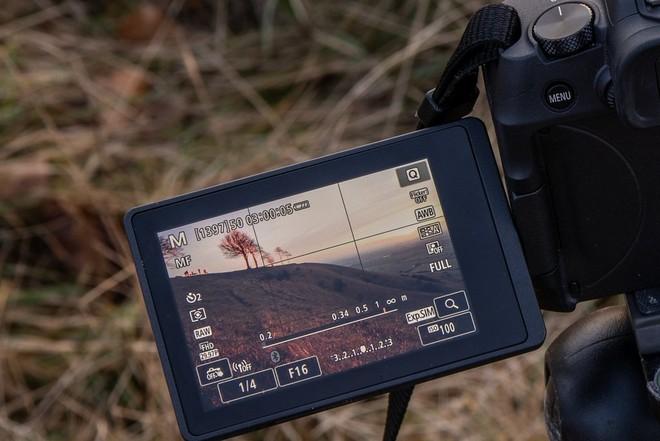Many photographers and videographers face a frustrating issue — what they see in their electronic viewfinder (EVF) doesn’t match the final image. Whether it’s poor brightness, distorted colors, or lack of detail, the problem usually lies in outdated optical systems inside the camera.
This is where the EVF optical module comes in. Designed for precision and clarity, it ensures that every shot you compose in the viewfinder is exactly what you capture in your image.
What Is an EVF Optical Module?
An EVF optical module (Electronic Viewfinder Optical Module) is the core component responsible for how light and digital images are displayed through a camera’s viewfinder. It combines high-resolution micro displays with precision optics to produce a clear, bright, and realistic preview of your shot.
Unlike traditional optical viewfinders that rely on mirrors, the EVF module uses electronic imaging technology to project the captured scene directly to your eyes — giving you real-time feedback and superior control.
Why Traditional EVFs Struggle with Image Quality
Older EVF systems often suffer from:
-
Limited brightness in outdoor environments
-
Slow refresh rates causing image lag
-
Low resolution, which makes focusing difficult
-
Color distortion under different lighting conditions
These problems make it hard for professionals to rely solely on digital previews, forcing them to depend on post-capture adjustments. Modern EVF modules are engineered to fix all these flaws.
How the EVF Optical Module Enhances Performance
The advanced EVF design integrates micro OLED or LCD displays with multi-layer optical lenses. These optics enhance visual accuracy and reduce image distortion. Here’s how it helps:
-
Crisp and Realistic Display: Produces lifelike colors with deep contrast ratios.
-
Instant Response: Virtually zero lag ensures what you see is what you shoot.
-
Compact Design: Makes high-end cameras lighter and more power-efficient.
-
Enhanced Visibility: Delivers bright and detailed visuals even in strong sunlight.
For professionals shooting fast-paced events or high-resolution video, this precision is invaluable.
Applications Across Imaging Devices
The EVF optical module is not limited to digital cameras. It’s also used in:
-
Cinematography cameras for accurate framing
-
AR/VR headsets where visual accuracy is key
-
Industrial inspection systems that rely on high-definition visual feedback
Its compact structure and efficient light transmission make it a perfect fit for devices requiring real-time, high-clarity visuals.
Why Upgrading to a Better EVF Optical Module Matters
If your viewfinder feels dim or unresponsive, it’s a clear sign your camera uses an older optical setup. A high-quality EVF system ensures better focus accuracy, improved exposure control, and true-to-life previews — helping photographers make smarter, faster creative decisions.
Whether you’re a filmmaker, content creator, or engineer working on optical systems, investing in advanced EVF technology can dramatically improve image clarity and user comfort.
Conclusion
The EVF optical module is the heart of modern digital imaging. It eliminates lag, boosts brightness, and delivers precision through superior optical design. With its growing adoption in professional cameras and AR/VR systems, this technology is transforming how we view and capture the world. For anyone serious about image accuracy and performance, the EVF module is not just an upgrade — it’s a necessity.



